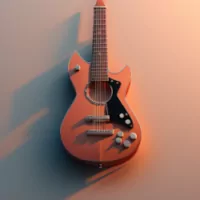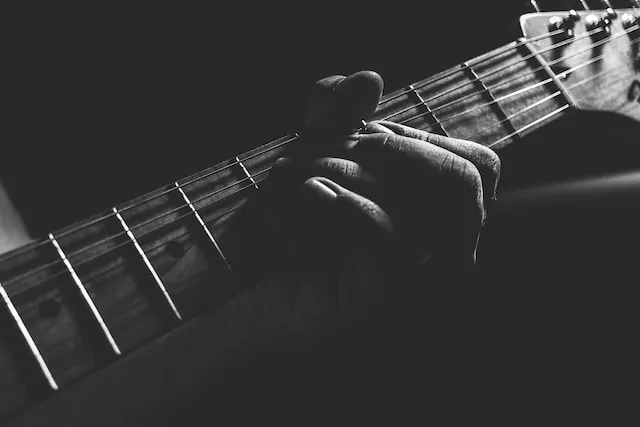The expressive tones of the guitar are at the heart of jazz, a genre famous for creativity and improvisation. The guitar is an integral component of jazz music, effortlessly navigating complicated harmonies, syncopated rhythms, and emotive melodies.
The guitar is an efficient translator of jazz music’s complicated harmonic vocabulary, which is central to the genre. Jazz guitarists are in charge of creating sophisticated chord progressions, voicings, and extensions that serve as the framework for improvisation. The capacity of the guitar to create lush and nuanced harmonies aids the genre’s exploration of modal and chromatic structures, contributing to jazz songs’ broad tone palette.
Jazz is distinguished by its melodic inventiveness, and the guitar is essential in crafting complicated and expressive lines. Slides bends, and vibrato are methods used by guitarists to bring personality and passion into their tunes. The guitar contributes to the genre’s unique combination of structure and spontaneity, whether delivering delicate, lyrical sections or aggressive, angular themes.
Learn to Play the Guitar
The chord-melody method is one of the most amazing characteristics of jazz guitar. This technique involves playing chords and melodies at the same time, thereby transforming the guitar into a self-contained ensemble. Guitarists harmonize melodies with imaginative chord voicings, resulting in a symphonic sound that both performers and spectators alike.
Swing, a rhythmic feel that propels the music with its particular groove, is synonymous with jazz. Comping (short for accompanying) is a technique used by guitarists to add to the rhythmic energy by playing chordal stabs and rhythmic patterns that interact with the rhythm section. The importance of the guitar in producing swing rhythm provides a platform for soloists to experiment and develop.
Improvisation, in which players speak in real-time through their instruments, is at the heart of jazz music. Guitarists excel at this, creating elaborate solos that adapt to the changing dynamics of the ensemble. They explore the harmonic landscape and participate in musical conversations that are unique to each performance by using scales, modes, and arpeggios.
Jazz guitar’s versatility extends to a variety of subgenres, each with its own distinct sound:
Bebop: Bebop guitarists demonstrate their technical proficiency through lightning-quick improvisations, which are distinguished by fast tempos and sophisticated melodic lines.
Fusion: Fusion jazz combines jazz elements with rock, funk, and electronic music. Fusion guitarists frequently use effects and experimental approaches to create a new and dynamic sound.
Gypsy Jazz: Also known as “Manouche,” gypsy jazz is distinguished by a distinctive rhythm guitar approach known as “la pompe,” which produces a pulsing and percussive rhythm that propels the music forward.
The guitar emerges as a virtuoso in the world of jazz music, effortlessly bridging complicated harmonies, rhythmic subtleties, and infinite improvisation. The guitar, with its ability to generate harmonies, melodies, and rhythms all at once, is a living expression of the genre’s philosophy: embracing heritage but always pushing boundaries. As the guitarists weave the complicated webs of jazz, they remind us that expression and creativity have no boundaries in the field of music.
Photo by Caio Silva on Unsplash

